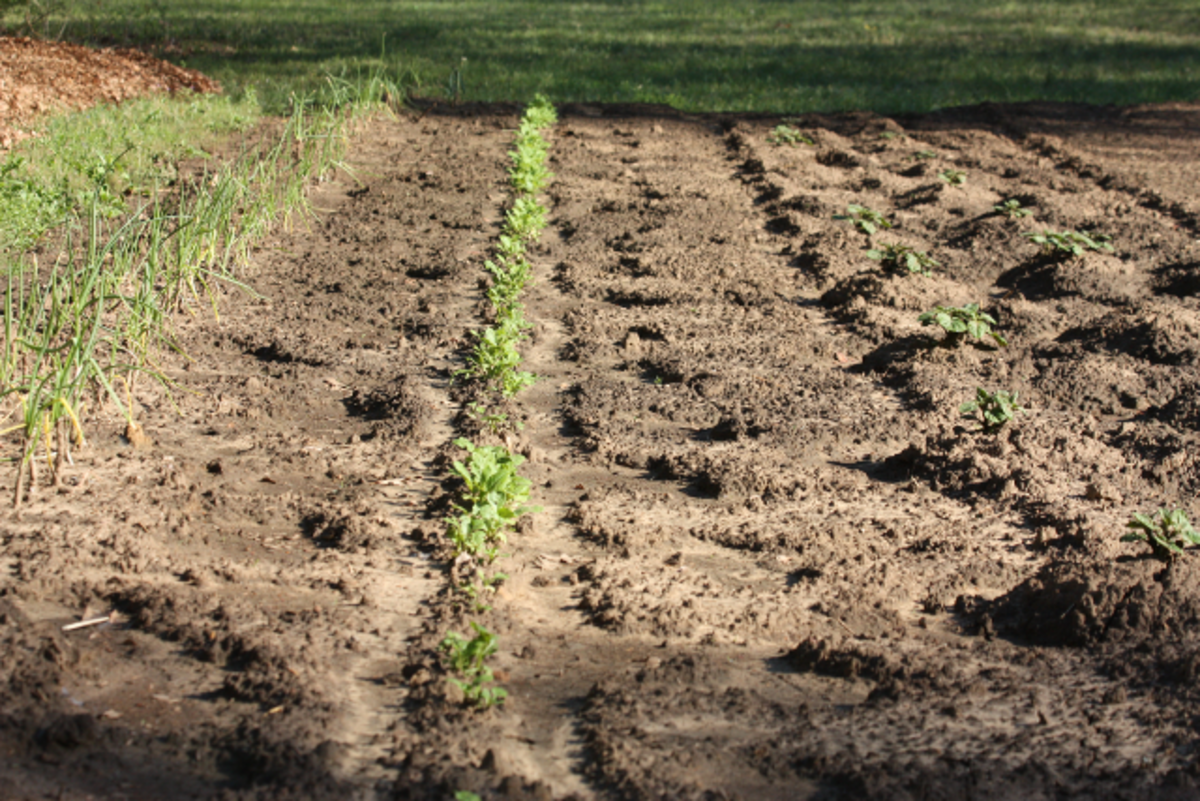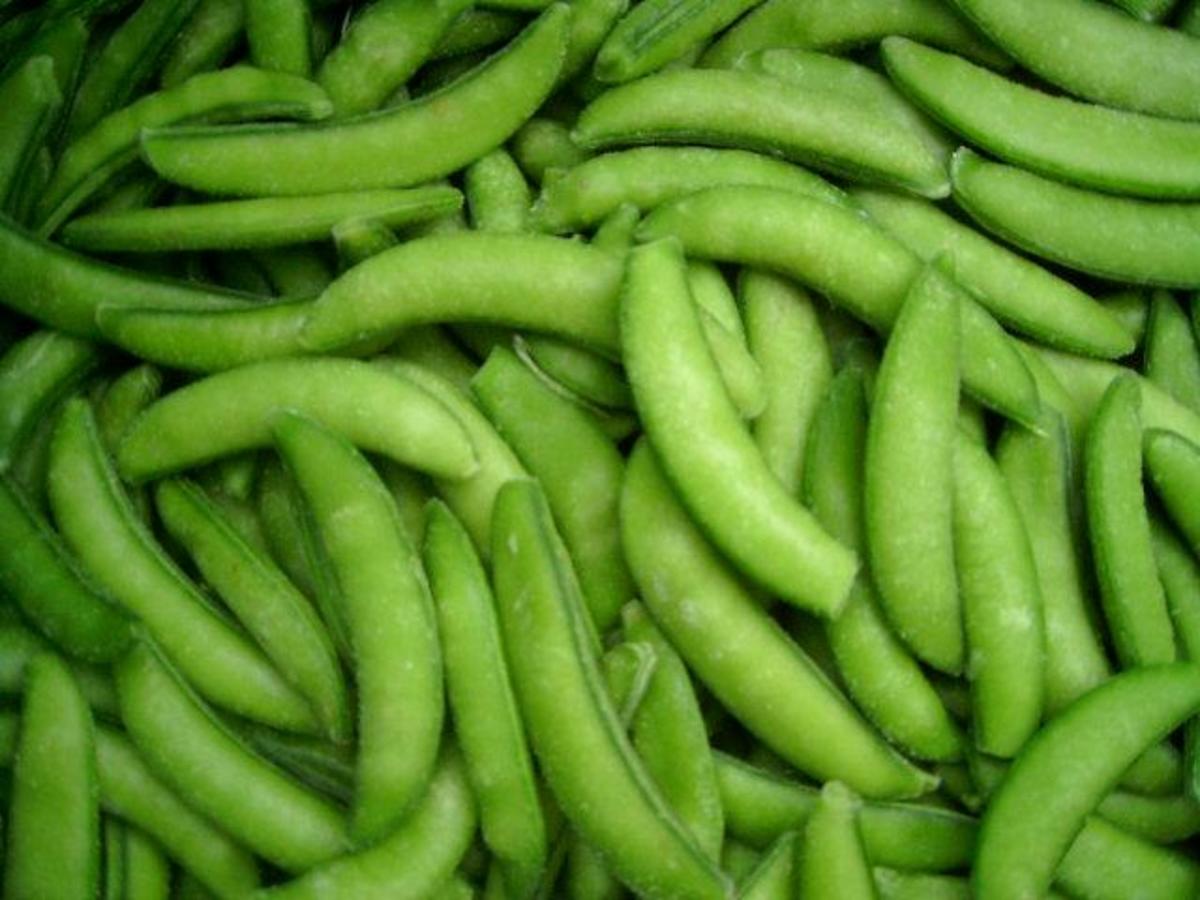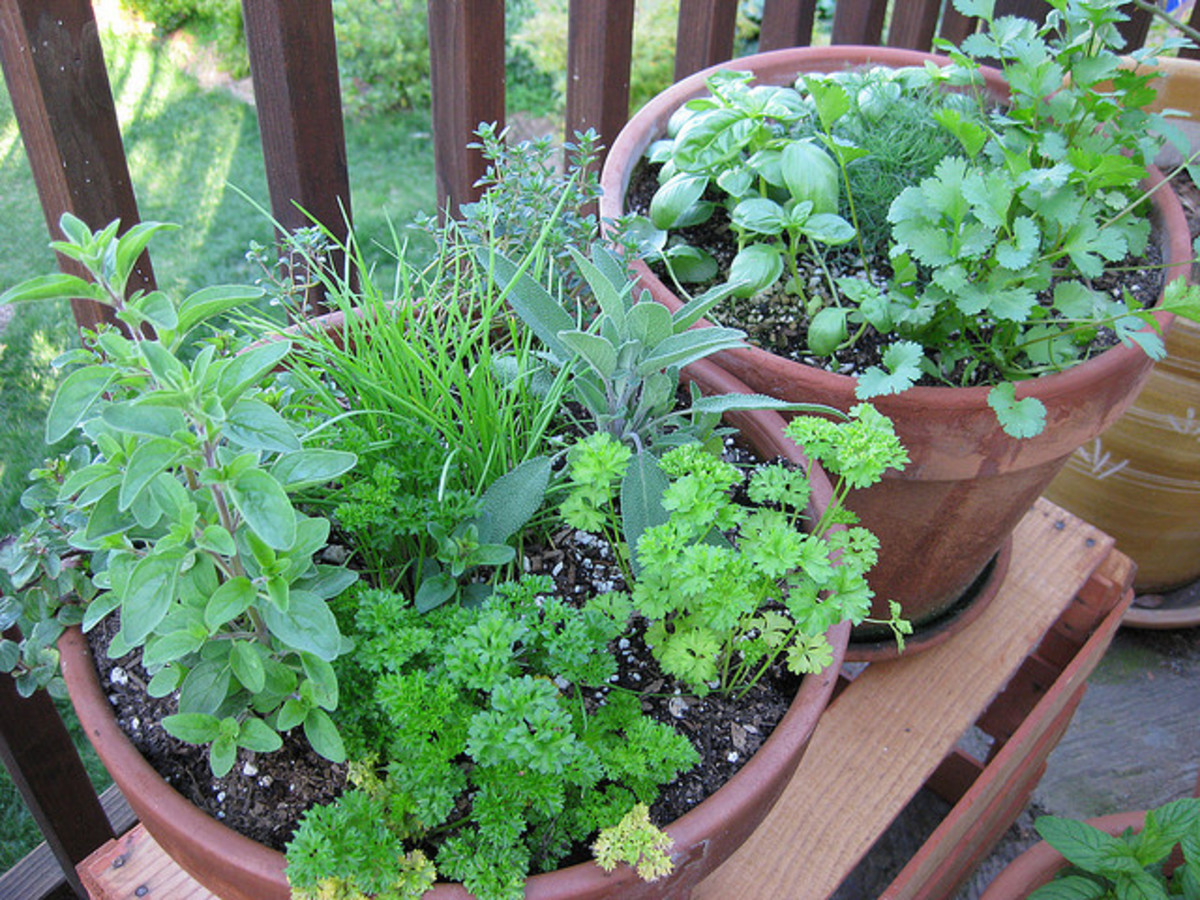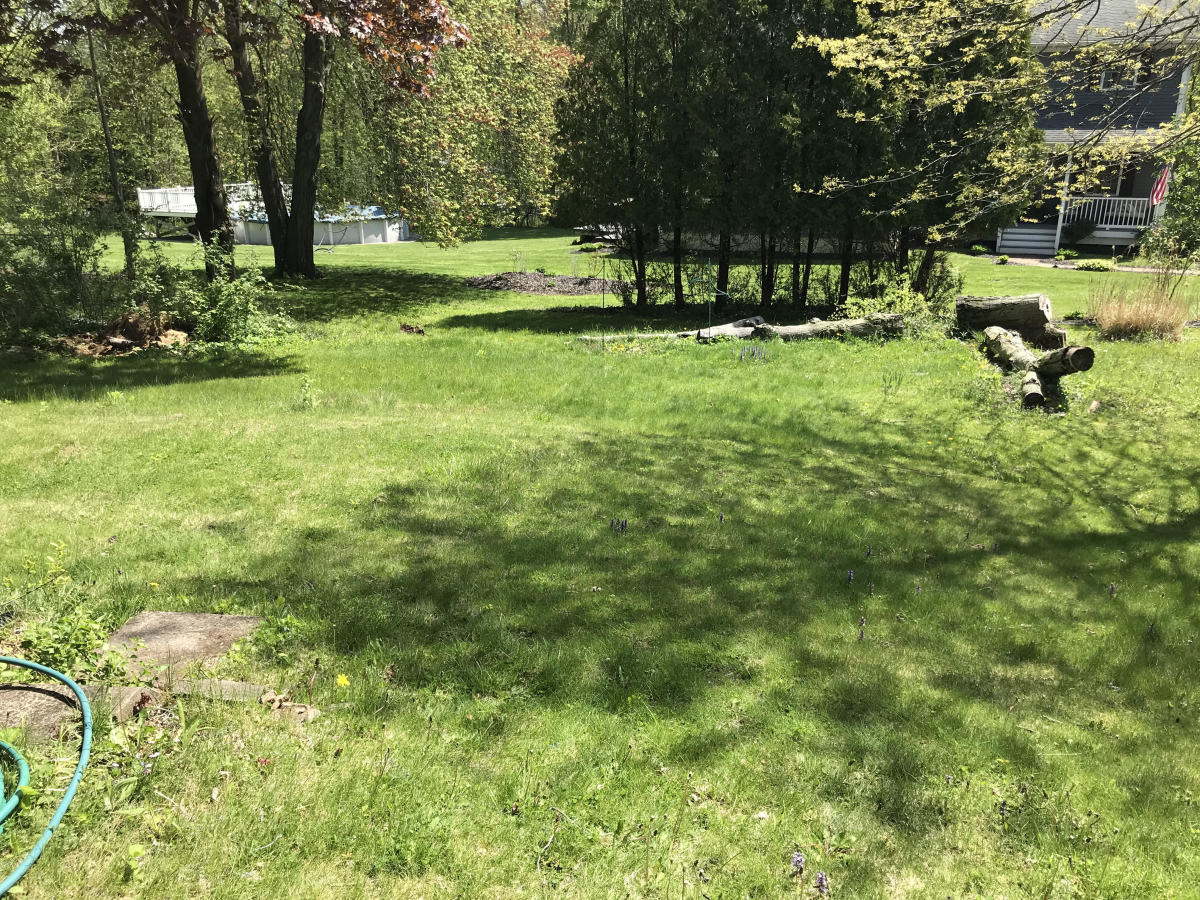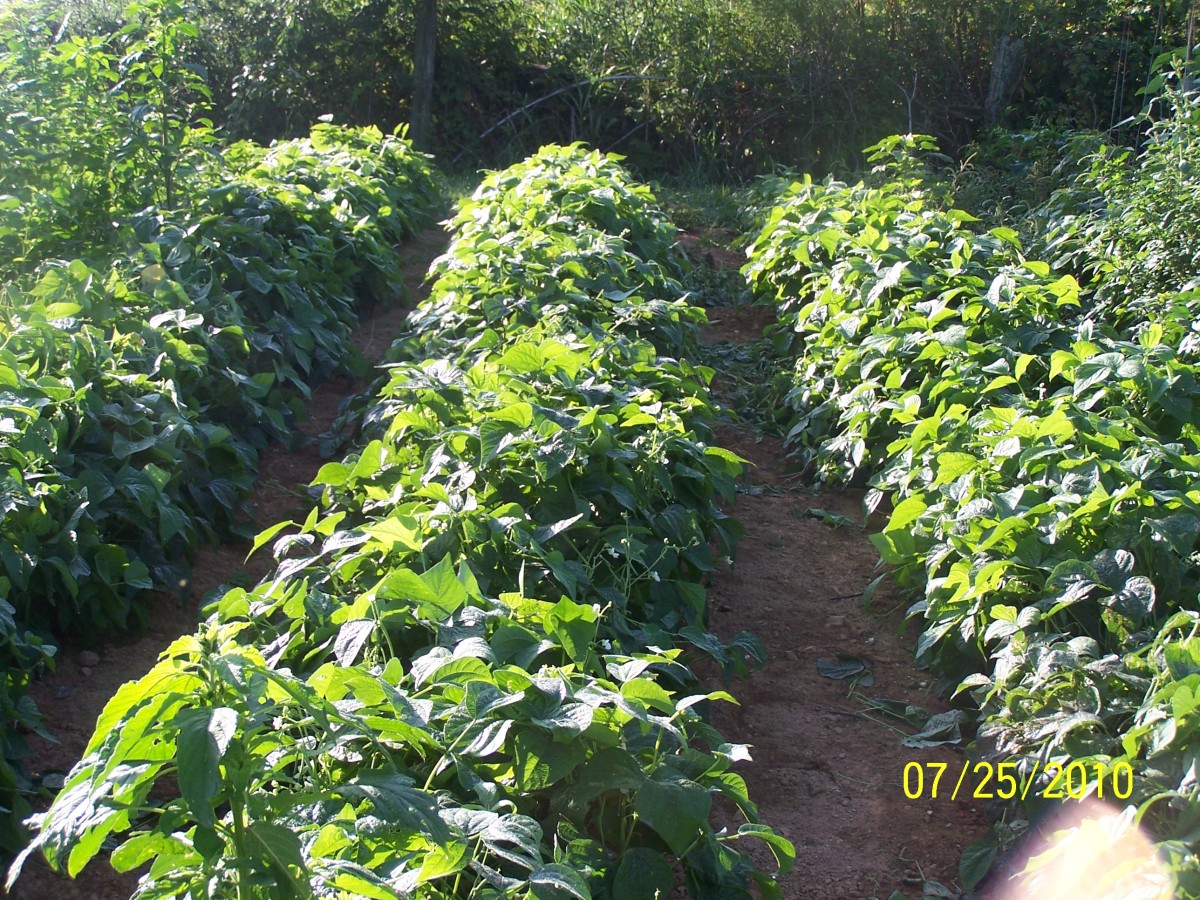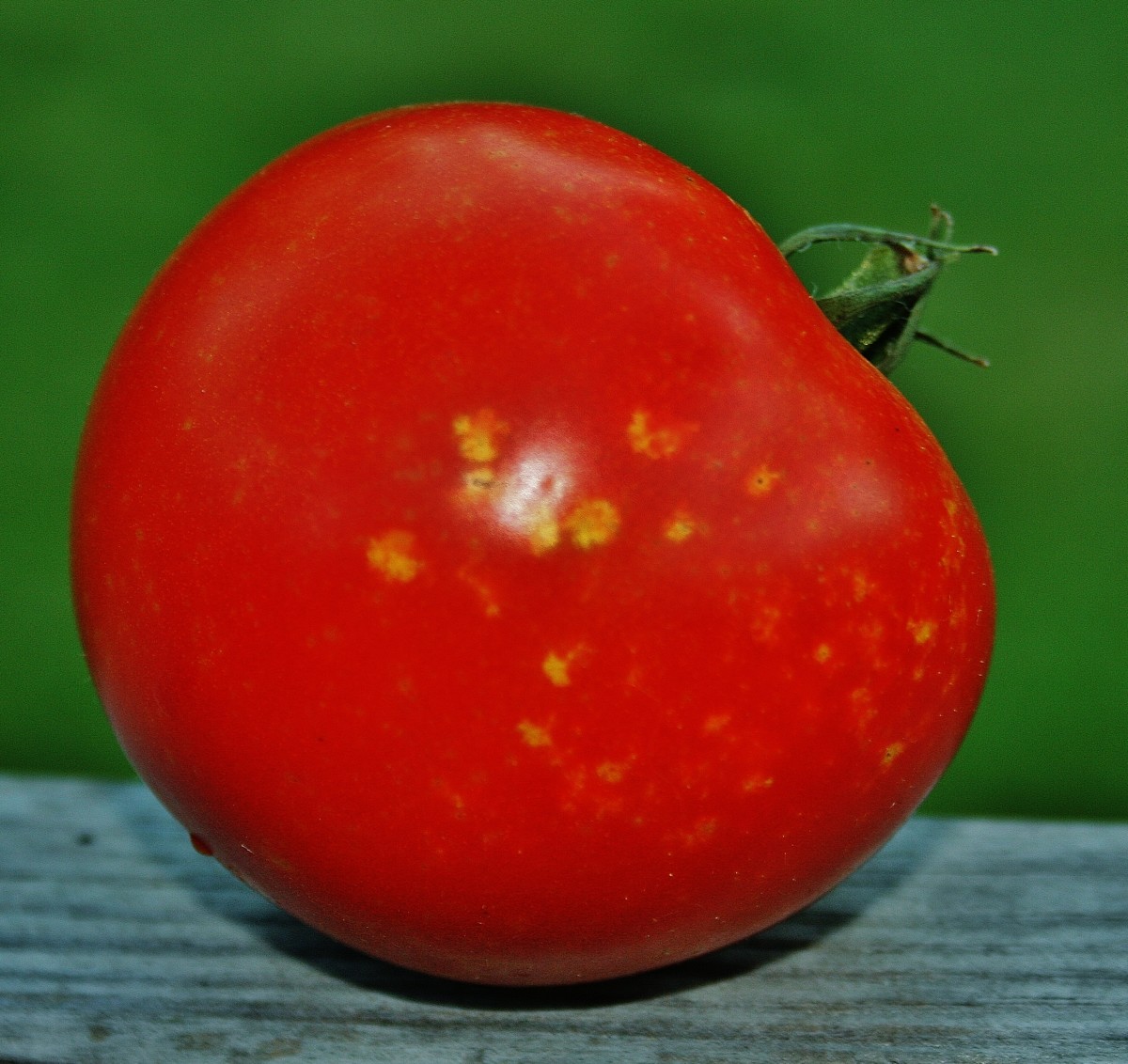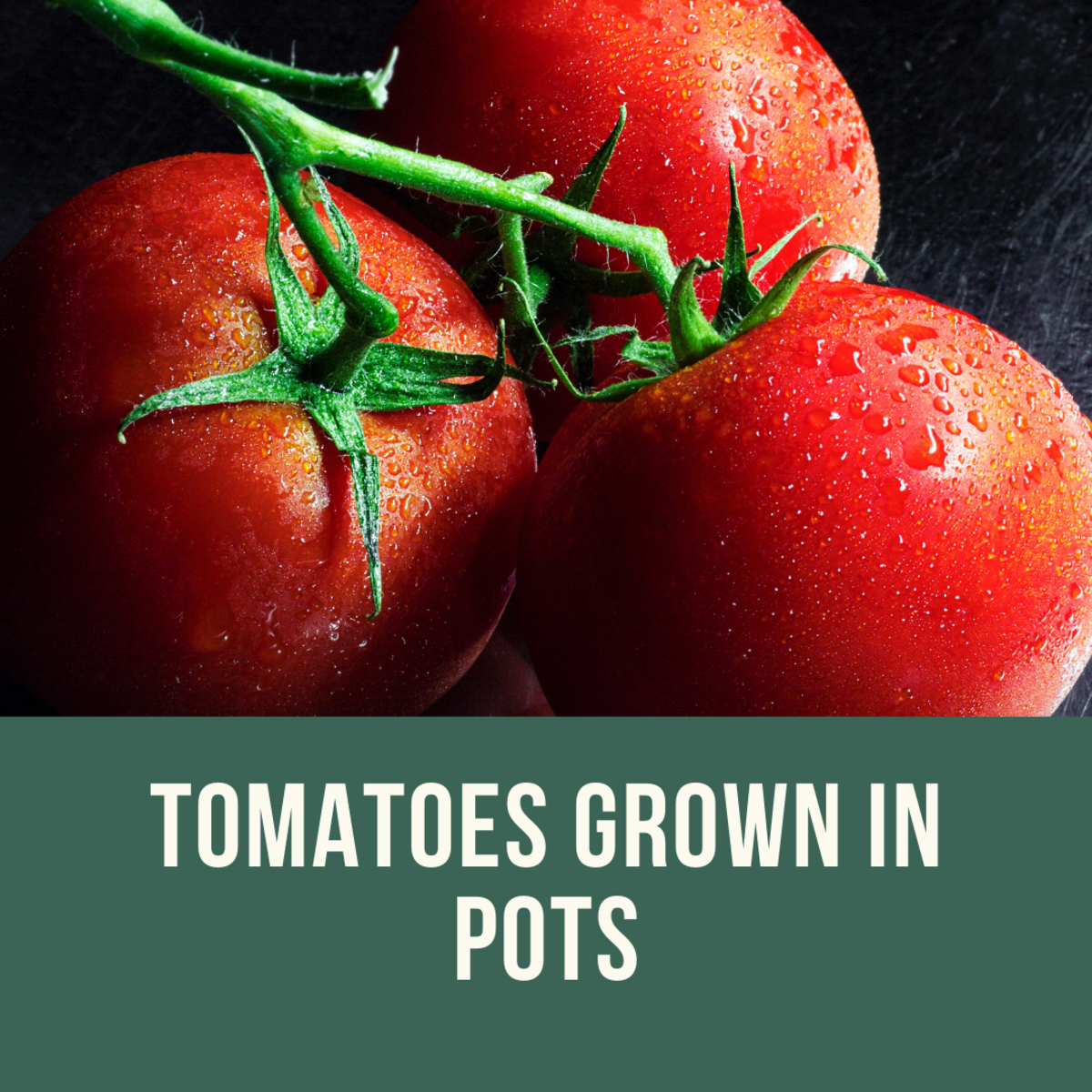How to Extend the Harvest Season by Planting Seeds Early
Extending the Harvest Season
Most home gardeners would like to extend the harvest season and get more delicious home-grown vegetables out of their garden plot. The problem is that it seems to take forever to wait around for that average last frost date, when it's safe to plant nearly anything. But don't despair, there's good news! You can get more from your garden by starting early.
Some veggies not only will do quite well if planted earlier, they actually do better when planted before the typical last frost date. This is because many cool-season crops are resistant to a frost or two as long as it is not extreme.
This year, get out and start working the garden soil earlier than you usually do. By getting a head start on some of the early crops, you can add a full rotation of warm-season crops in the same garden space and improve yields on the early maturing vegetables at the same time.
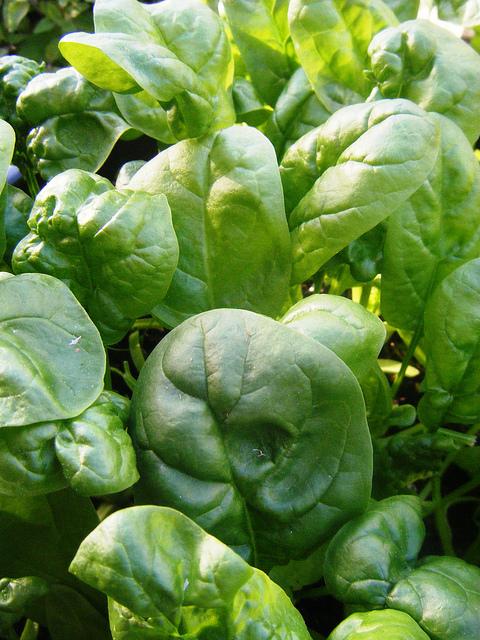
Best Vegetables to Plant Before Last Frost
The best choices for planting before the last frost date are those that really hate the heat of mid-summer. When it comes to sowing seeds, these seeds can be sown as soon as the soil is no longer frozen or waterlogged and can be worked as normal, well ahead of the first frost date. These include lettuce, onions, peas, radishes, spinach, and turnips
Other great choices for seeds to sow before last frost are best to hold until just 1-2 weeks ahead of that date, to make sure a final frost does not kill them. Seeds in this category include beets, carrots, corn, potatoes, and Swiss chard.
Seeds You Shouldn't Plant Before Last Frost
While nearly all cool-season crop seeds can be planted ahead of the last frost date, there are some that won't survive if even a medium frost pays your garden a visit. Because of this, it's best to wait until the danger of frost has past to sow seeds of most vines, like cucumbers, melons, and squash.
Though they aren't seeds, young transplants like peppers and tomatoes are also not likely to appreciate being set in the garden until it's warm. The head start really does no good, so be patient and put them out when the soil warms up.
Planting Chart to Extend the Harvest
Timing
| Seeds to Sow
|
|---|---|
As soon as you can work the garden soil and it is no longer wet
| lettuce, onions, peas, radishes, spinach, turnips
|
1-2 weeks ahead of the average last frost
| beets, carrots, chard, corn, potatoes
|
Wait for warmer weather on or after last frost
| beans, cucumbers, melons, squash
|
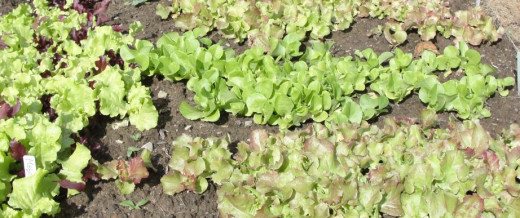
Succession Planting in the Garden
One of the best things about getting an early start in the garden is that you can squeeze in more plantings throughout the growing season. With succession planting, or planting another vegetable in the same garden space as another once the first crop is finished, it is possible to harvest two or three times from the same garden space.
For example, if you get an early start on peas and harvest them by early summer, there is plenty of time to grow a bean crop on that same space later in the year. Those who don't start seeds until after the first frost, however, may find that there is not quite enough time depending on their hardiness zone.
Look at the average time to maturity of your cool-season crops to determine when you might have some extra space in the garden for a summer planting. The best early starters that may give you extra space in the garden in summer are below.
If you time this right, you may very well have time to plant another cycle of cool-season crops on the same spot in autumn. Many people will squeeze in a fall crop of radishes even when they only have a month left, since they grow so quickly.
Vegetable
| Days to Maturity
|
|---|---|
Beets
| 60-70
|
Carrots
| 50-90
|
Lettuce
| 45-85
|
Peas
| 55-60
|
Radishes
| 25-35
|
Spinach
| 40-50
|
Turnips
| 45-60
|
Check your individual seed packet to get the expected days to maturity for the varieties you planted. Seeds that you can start early like chard, corn, onions, and potatoes will use the space and not be great candidates for succession planting.
Extending the Harvest by Spreading Out Seed Sowing Time
Another great way to get more vegetables that you can eat fresh over a longer period is to spread out the time in which you sow the seeds. Instead of sowing all of your carrots at once, for example, plant one area every two weeks over an extended time. Then, you will have fresh carrots for many weeks.
Anything in your vegetable garden that does not take the entire growing season to mature is a great candidate for this spacing of sowing seeds. You can do this not only with your cool-season crops that are planted before the last frost, but with warm-weather vegetables as well, as long as they mature quickly enough. Bush green beans are an excellent example of a warm crop that can be planted every couple of weeks for an extended harvest.
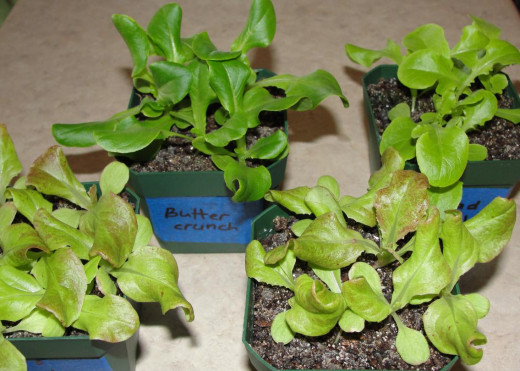
Planting Seeds Indoors
To get an even bigger jump on mother nature, sowing seeds indoors is a great option. This is a very viable solution for warm season plants like peppers and tomatoes, and starting from seed is easy. For early crops, lettuce and onions are your best bet. It is not that valuable to attempt carrots, beets, radishes, turnips, and other cool-season crops inside, as they don't transplant particularly well.
If you are going to plant peppers and tomatoes from seed, make sure not to get started too early. Raising your own vegetables from seed will save you money but you want them at the right size to set out in the garden. For tomatoes, aim to plant seeds inside about 6-8 weeks before the average last frost date. For peppers, you can plant 2 weeks earlier.
Improve Garden Productivity
You can really increase yield and get more food from the garden. Extending the harvest season by sowing seeds earlier is one of the best ways to do it. Try some of these tips this season and see how much more you could be enjoying fresh from your own garden.



